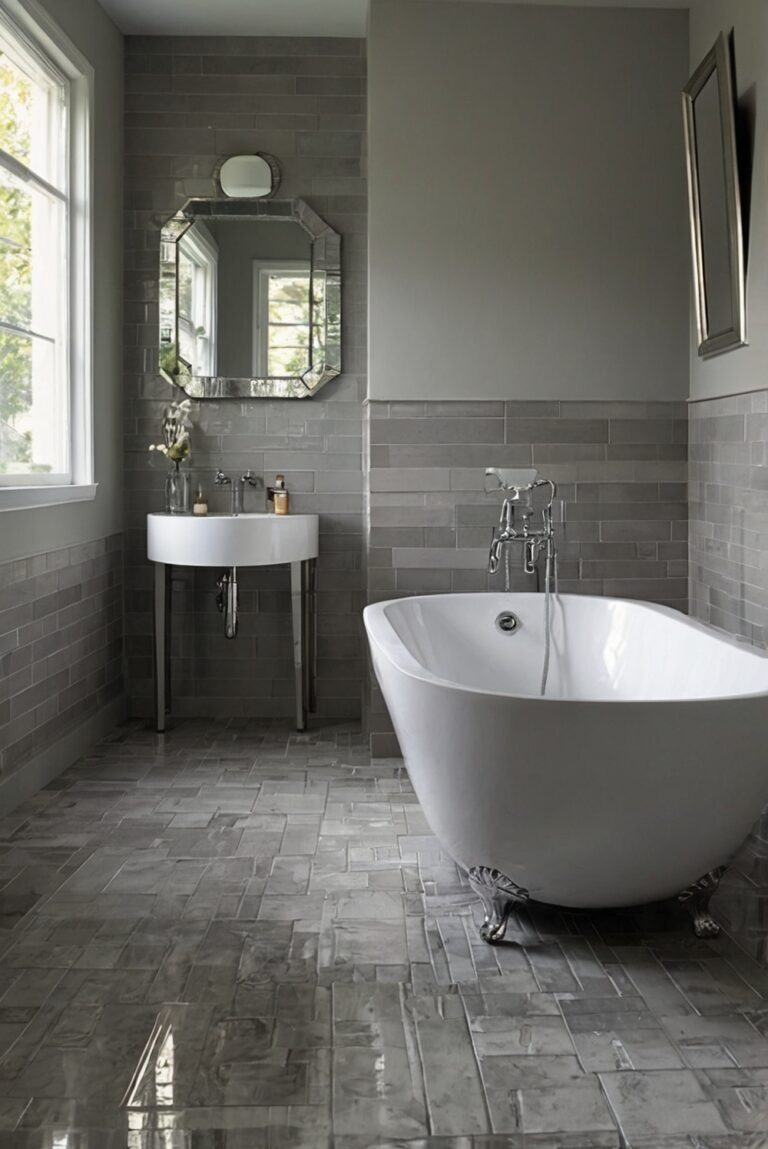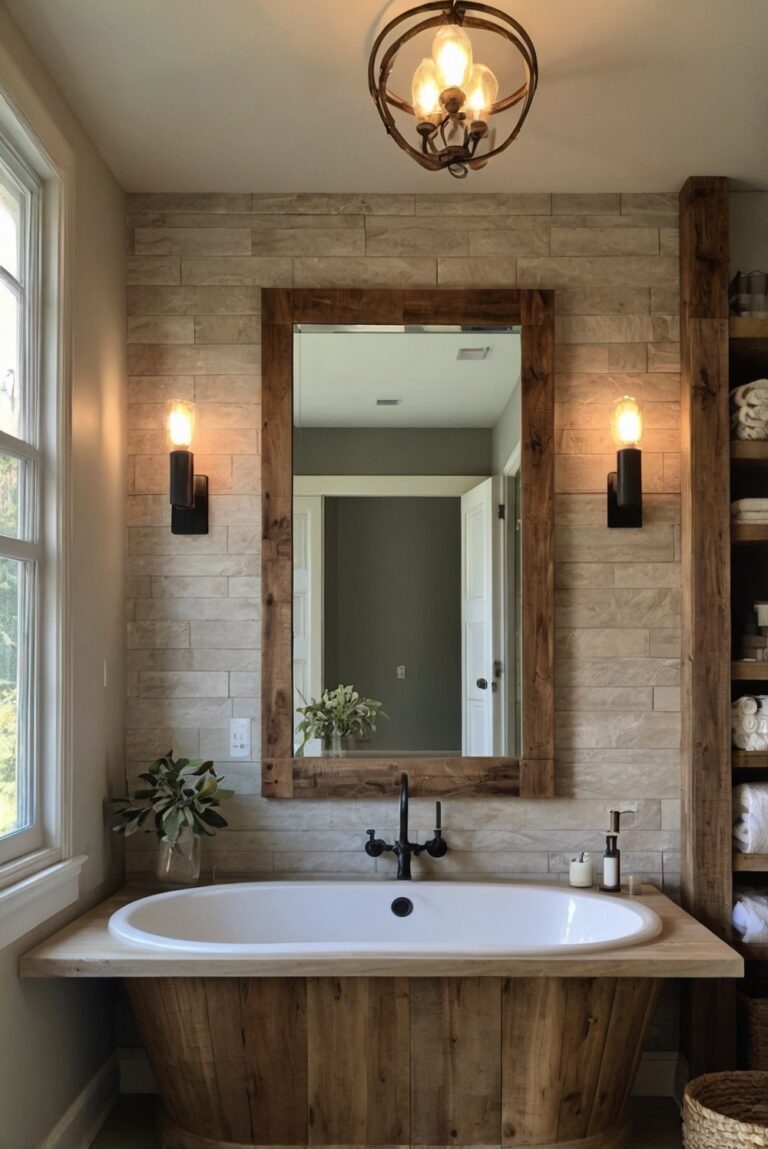What are some eco-friendly toilet options for reducing water consumption?

Discover sustainable toilet options to conserve water and enhance your interiors. Explore eco-friendly designs for a chic and environmentally conscious home.
**
What are some eco-friendly toilet options for reducing water consumption?
**
Incorporating eco-friendly toilet options can significantly reduce water consumption at home. One popular choice is dual-flush toilets, which allow users to select a high or low volume flush based on the waste amount. Another option is composting toilets, which use little to no water and can turn human waste into compost for plants. Water-saving toilets with low-flow features are also eco-friendly alternatives. Consider installing faucet aerators and showerheads to further reduce water usage in the bathroom. These eco-friendly options not only save water but also contribute to sustainable living practices.
– **Related keywords:** home decorating, home interior, home interior design, home decor interior design, space planning, interior design space planning, decorating interiors, interior bedroom design, designer kitchen, kitchen designs, living room interior, designer wall paint, primer paint for walls, color matching painting, paint color match, home paint colors.
What are some eco-friendly toilet options for reducing water consumption?
When it comes to reducing water consumption, opting for eco-friendly toilet options can make a significant difference. Here are some environmentally friendly choices:
Low-Flow Toilet:
A low-flow toilet is designed to use significantly less water per flush compared to traditional toilets. These toilets typically use around 1.6 gallons per flush or even less, helping to conserve water without compromising on performance.
Dual-Flush Toilet:
A dual-flush toilet offers two flushing options: one for liquid waste and another for solid waste. This allows users to choose the appropriate flush volume, typically using less water for liquid waste and more for solid waste. Dual-flush toilets are an effective way to reduce water usage in the bathroom.
Composting Toilet:
A composting toilet is a waterless option that converts waste into compost. These toilets are a great eco-friendly choice for reducing water consumption as they do not require any water for flushing. Composting toilets are ideal for off-grid homes or environmentally conscious individuals.
Are there any other eco-friendly toilet options for reducing water consumption?
In addition to the above-mentioned options, there are other eco-friendly toilet choices that can help reduce water consumption:
High-Efficiency Toilet:
A high-efficiency toilet is designed to maximize water savings while maintaining performance. These toilets often use advanced flushing technologies to reduce water usage without sacrificing flushing power. High-efficiency toilets are a popular choice for eco-conscious homeowners looking to save water.
Water-Saving Toilet Add-Ons:
For those who are not ready to replace their existing toilet, water-saving add-ons can help reduce water consumption. Options such as toilet tank banks, adjustable flappers, and dual-flush conversion kits can be installed in traditional toilets to make them more water-efficient.
In conclusion, choosing eco-friendly toilet options is a simple yet effective way to reduce water consumption in your home. Whether you opt for a low-flow toilet, a dual-flush toilet, a composting toilet, a high-efficiency toilet, or water-saving add-ons, each choice contributes to water conservation efforts. By making environmentally conscious decisions in the bathroom, you can play a part in preserving this valuable resource for future generations.
1. What are some eco-friendly toilet options for reducing water consumption?
Eco-friendly toilet options that help reduce water consumption include low-flow toilets, dual-flush toilets, composting toilets, and waterless toilets. Low-flow toilets use less water per flush compared to traditional toilets, while dual-flush toilets give users the option to choose between a full flush and a half flush. Composting toilets break down waste into compost, eliminating the need for water. Waterless toilets use no water at all, instead relying on a composting or incineration process to dispose of waste. These options can significantly reduce water usage in households and contribute to environmental conservation efforts.
2. How effective are eco-friendly toilets in reducing water consumption?
Eco-friendly toilets are highly effective in reducing water consumption compared to traditional toilets. Low-flow toilets can save up to 25-60% of water per flush, while dual-flush toilets offer even greater water savings by giving users control over the amount of water used. Composting toilets and waterless toilets eliminate the need for water altogether, resulting in significant water savings. Studies have shown that switching to eco-friendly toilets can reduce household water usage by thousands of gallons per year, making them a practical and sustainable choice for environmentally conscious individuals and communities.
3. What are the benefits of using eco-friendly toilets for reducing water consumption?
Using eco-friendly toilets to reduce water consumption offers several benefits, including lower water bills, decreased strain on water resources, and reduced environmental impact. By conserving water with low-flow, dual-flush, composting, or waterless toilets, households can save money on water expenses and contribute to water conservation efforts. Additionally, using eco-friendly toilets helps reduce the overall demand for freshwater, which is essential for sustaining ecosystems and supporting biodiversity. By choosing eco-friendly toilet options, individuals can make a positive impact on the environment and promote sustainable water management practices.
4. Are there any incentives or rebates available for installing eco-friendly toilets?
Many municipalities, states, and organizations offer incentives or rebates for installing eco-friendly toilets as part of water conservation programs. These incentives may include rebates, tax credits, or subsidies to help offset the cost of purchasing and installing low-flow, dual-flush, composting, or waterless toilets. By taking advantage of these incentives, homeowners can make eco-friendly upgrades to their bathrooms and save money on water bills while contributing to water conservation efforts. It’s worth checking with local water utilities or government agencies to see if there are any incentives available for installing eco-friendly toilets in your area.
5. What are some tips for choosing the right eco-friendly toilet option for reducing water consumption?
When selecting an eco-friendly toilet option to reduce water consumption, consider factors such as water efficiency, installation requirements, maintenance needs, and budget constraints. Low-flow toilets are a popular choice for their water-saving capabilities and ease of installation, while dual-flush toilets offer versatility in water usage. Composting toilets and waterless toilets are ideal for off-grid or environmentally sensitive locations where water availability is limited. Before making a decision, research different eco-friendly toilet options, compare their features and benefits, and choose the option that best fits your household’s water-saving goals and preferences.






